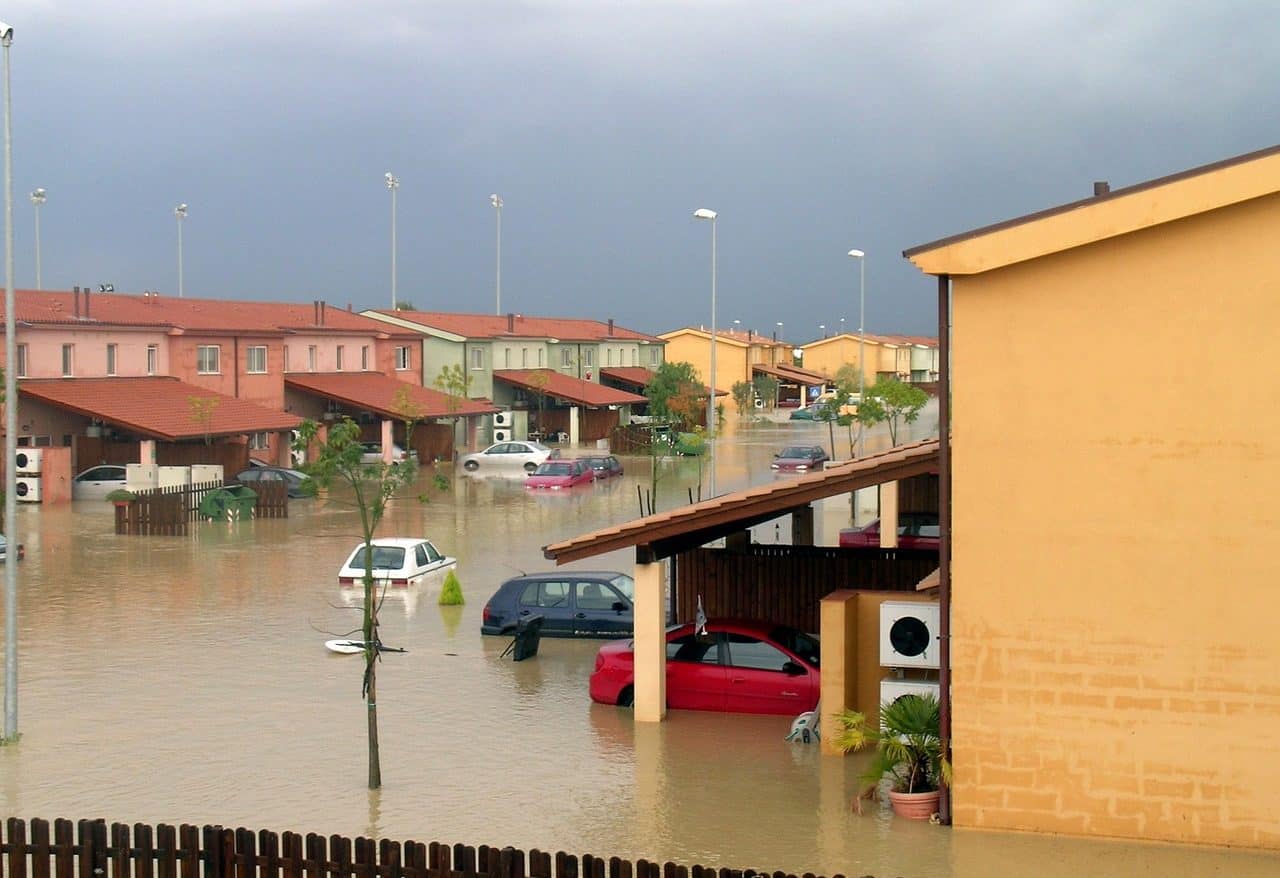
The growth of a watercourse can cause a flood.
A flood is a flooding of a watercourse that causes it to reach a flow much higher than usual. For this reason, the bed may not even be able to contain water , a peculiarity that results in a flood .
The flood, which is also known as a flood of water , can have different origins. The most frequent is the persistence of precipitation that leads to overflowing of the water bed. The flood can also be caused by thawing or the breaking of some type of containment .
Types of flood
Taking into account how variable the floods are over time, it is possible to differentiate the following two fundamental types:
- Periodic : generally do not cause damage. In fact, they can cause benefits, as was the case with those of the Nile before the Aswan Dam was built, since there they were a fundamental element of the fertility of the valley.
- Exceptional : they arise from heavy rainfall in the basin or part of it and it is difficult to predict them, which is why it is necessary to constantly monitor the area. Unlike periodic ones, they tend to damage settlements, both materially and economically.
According to their peak , current and volume , floods are classified in different ways. Those with the greatest current and volume and with the highest peak are the potentially most dangerous, since the water can cause serious damage in its path.

A flood can cause serious material damage and even cause human loss.
Deadly phenomena
Throughout history, numerous deadly floods have been recorded. In November 2013 , in Sardinia , Cyclone Cleopatra caused several floods that caused 18 fatalities.
In ancient times, floods with very serious consequences also occurred. In 1626 , the Tormes River overflowed and caused major problems in the Spanish town of Salamanca . Historians affirm that in this flood, known as the San Policarpo flood , more than 150 people died and numerous buildings in the city were destroyed.
A few centuries later, also in Spain , the flood of 1907 occurred, a terrible flood that hit the city of Malaga in the early hours of September 24 . In that same decade three more had taken place, after just over two hundred years without this type of catastrophe . One of the causes of the flood was the excessive felling of forests to grow vines, since this left the city unprotected against heavy rainfall. In addition, a plague of phylloxera (a vine parasite) was also a decisive factor that led to the abandonment of the cultivation fields.
The flood of 1907 was not preceded by a storm in the city itself, but rather an avalanche of mud and water arrived from the basin of the coastal river called Guadalmedina , where considerable waterspouts had occurred. Shortly after dawn, the water colossus destroyed everything in its path, including the La Aurora , Santo Domingo and railroad bridges; The only one that remained standing was that of Tetouan . Among the low areas that were flooded in a short time were the La Trinidad and El Perchel neighborhoods.
In this catastrophe there were 21 fatalities and dozens of injuries . The flood reached five meters high and certain witnesses stated that the mountains of mud allowed entry into neighboring homes through their balconies. Given the volume of damage caused in the city, it took two months to complete the cleanup tasks. The cost of the material losses amounted to five and a half million pesetas, taking into account the value they had at that time.
Theatrical play "The flood"
“La riada” , finally, is the title of a play written by Julia Maura .
Its premiere took place on April 23, 1956 in Madrid , directed by Claudio de la Torre .
